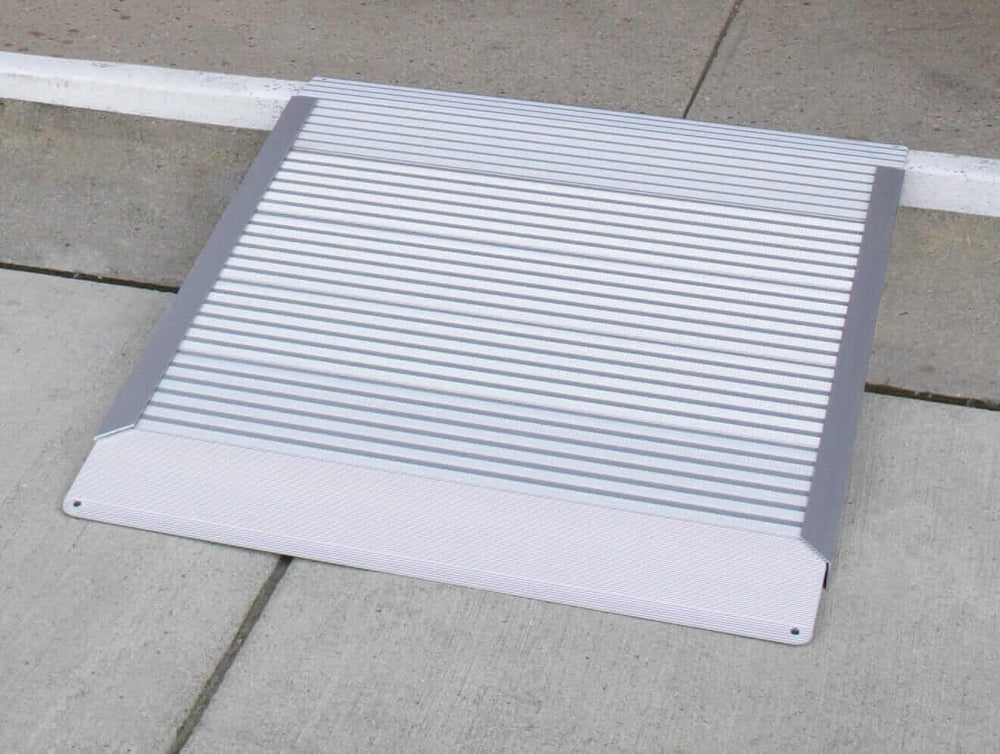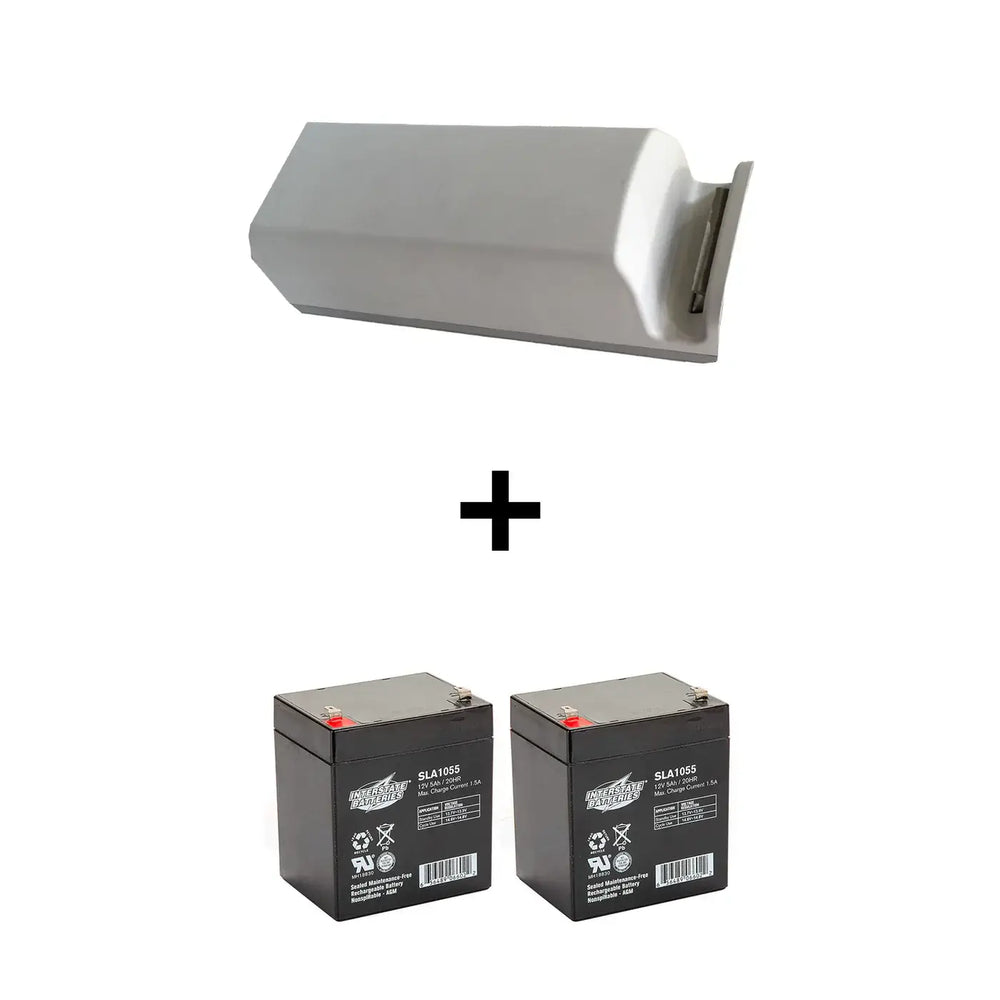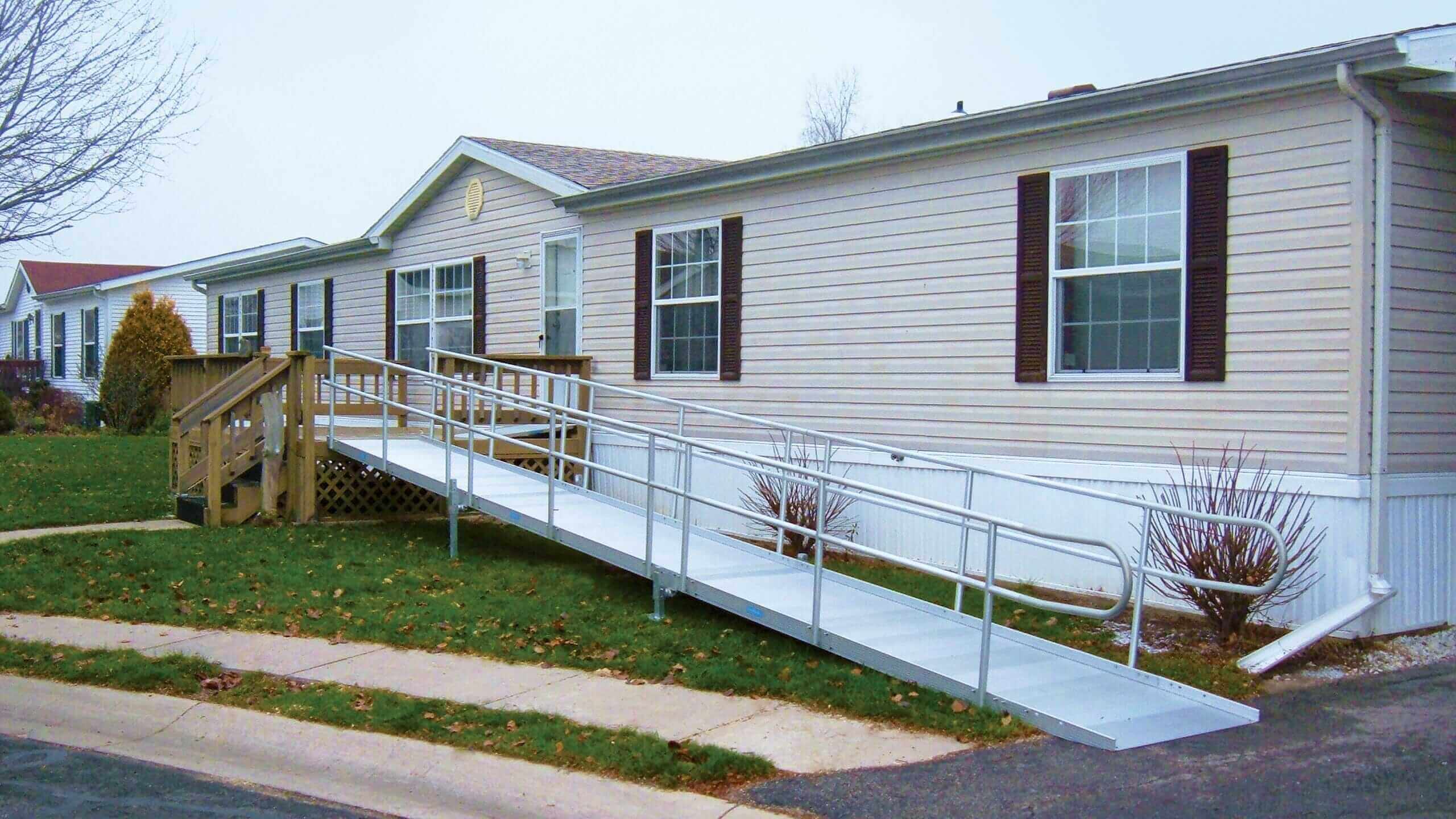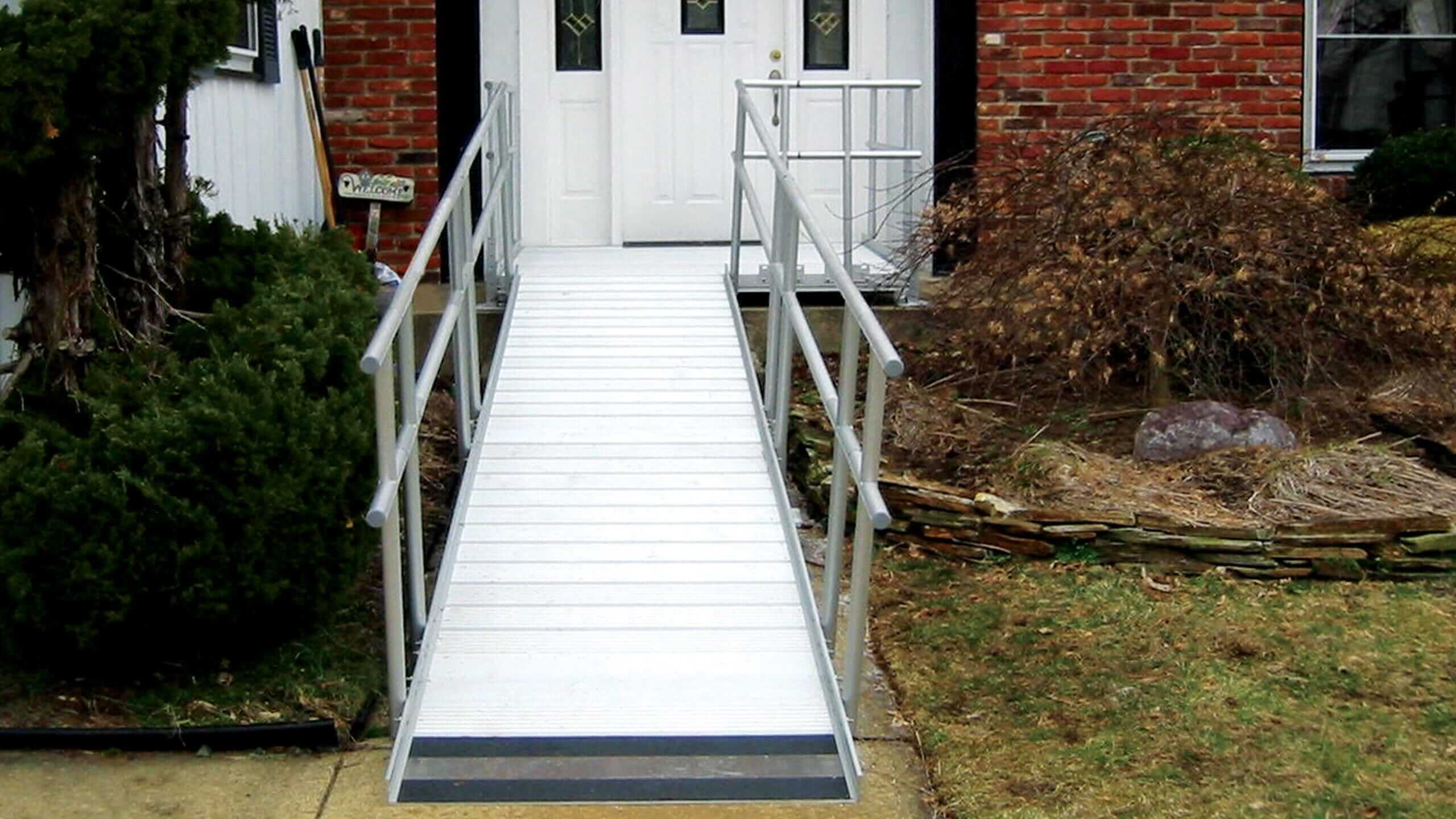ADA Ramps for Mobile Homes
Introduction
Mobility and the Independence that comes with it is crucial to ensure that every individual, regardless of their physical abilities, can enjoy the comforts and convenience of mobile home living. In this blog, we will explore the significance of ADA-compliant ramps, their design considerations, and the positive impact they can have on the lives of those with mobility challenges. So, if you're a mobile home owner looking to make your residence more accessible, continue reading to learn more about ADA Ramps for Mobile Homes. For more information, too, on the ADA Regulations for Wheelchair Ramps, visit our blog, Americans With Disabilities Act (ADA) Ramp Requirements.
Table of Contents
The Importance of ADA Ramps for Mobile Homes
Key Considerations for ADA Ramps in Mobile Homes
The Importance of ADA Ramps for Mobile Homes
Independence & Mobility
For individuals with mobility challenges, whether they use wheelchairs, scooters, or other mobility aids, the simple act of accessing their mobile home can often become a daunting and frustrating task without the presence of a well-designed and properly constructed ramp. The implementation of ADA-compliant ramps addresses these challenges and allow residents to retain a sense of autonomy and freedom.
These ramps create a secure and accessible pathway, ensuring that residents can effortlessly navigate in and out of their homes without encountering any barriers or hindrances. Whether it's the installation of a larger modular ramp at the entrance or smaller threshold ramps strategically placed around the house, the key goal is to make sure that individuals can move around their living space with their mobility aids without any issues. This comprehensive approach to accessibility enhances the quality of life for those with mobility limitations.


Legal Compliance
While residential ramps for mobile homes are not mandated by law to strictly adhere to ADA regulations, it's crucial to understand that following these guidelines is not just a matter of compliance but also a conscientious commitment to safety. Although residential properties do not fall under the same legal requirements as public spaces, opting for ADA-compliant ramps is highly encouraged. By doing so, you prioritize the well-being and accessibility of residents with disabilities, creating an environment where everyone can navigate their homes safely and with ease.
Safety
Safety is extremely important when it comes to your accessibility. ADA ramps are designed with safety and when you’re considering a mobility ramp for your mobile home, it’s important to consider the safety features that an ADA ramp would offer. Some important safety features are:
- Proper Slope - ADA guidelines specify the maximum slope for ramps (1:12 ratio), ensuring that the incline is gradual enough to be safe for wheelchair users and those with mobility aids.
- Handrails - ADA compliant ramps typically have handrails on both sides to provide support and stability for users. These handrails are positioned at a specific height and include extensions at the top and bottom for ease of use.
- Edge Protection - Ramps have edge protection in the form of curbs or railings to prevent users from accidentally rolling off the sides.
- Non-Slip Surface - The surface of ADA compliant ramps is designed to be non-slip to prevent accidents in various weather conditions, including rain and snow.
- Clear Width - ADA compliant ramps have a specified minimum width to allow easy passage for wheelchairs and other mobility aids.
- Landings - At the top and bottom of ramps, there are typically level landings that provide a safe area for users to enter or exit the ramp and make turns.

Key Considerations for ADA Ramps in Mobile Homes
Slope & Gradient
One of the most critical factors when installing an ADA ramp is the slope or gradient. The ADA guidelines stipulate specific slope requirements to ensure that the ramp is not too steep for wheelchair users or individuals with mobility aids. Generally, the maximum slope allowed is 1:12, meaning that for every one inch of vertical rise, there should be 12 inches of horizontal run.
Handrails
Handrails are essential components of an ADA-compliant ramp. They provide stability and support for individuals with mobility challenges. Handrails should be installed on both sides of the ramp and should be of the appropriate height and diameter for easy gripping.


Non-Slip Surface
To prevent slip and fall accidents, ADA ramps should have a non-slip surface. This surface can be achieved through various materials such as textured paint, rubber mats, or specialized ramp surfacing materials designed to provide traction.
Width
ADA guidelines also specify the minimum width of ramps to accommodate wheelchairs and mobility aids comfortably. The minimum width for a single ramp is typically 36 inches, with wider ramps needed for turning spaces and landings.

Landings
Landings are level platforms at the top and bottom of the ramp and at intervals along the ramp's length. They serve as rest areas and turning spaces for individuals using wheelchairs or other mobility devices. Landings should meet specific size requirements outlined in ADA guidelines.
Conclusion
ADA ramps for mobile homes are essential elements that promote accessibility, independence, and safety for residents with disabilities. By adhering to ADA guidelines and considering factors like slope, handrails, non-slip surfaces, width, and landings, you can ensure that your mobile home community provides a welcoming and inclusive environment for all its residents. Installing a well-designed ADA ramp is an investment in both accessibility and the well-being of your community members.
Let Us Know What You Think!
Your thoughts and questions are incredibly valuable to us, and we'd love to hear from you. If you have additional insights to share, your comments can spark meaningful discussions and enhance the collective knowledge of our community. Don't hesitate to ask any questions you may have; our team is here to provide answers and engage with you. So, please, take a moment to leave a comment or question below. Your input is much appreciated!










Leave a comment